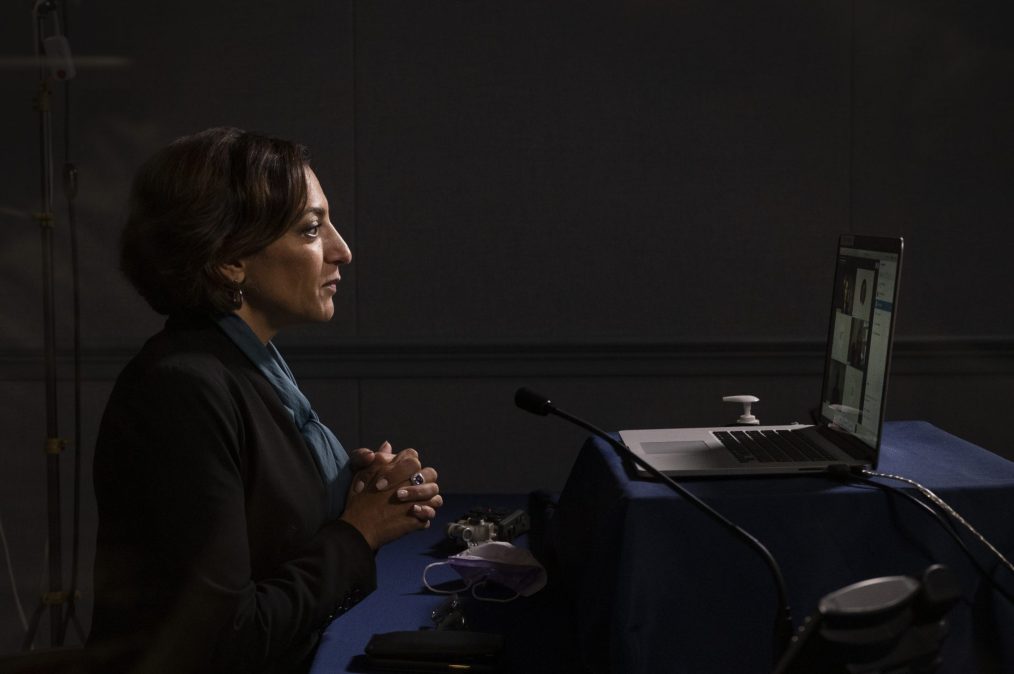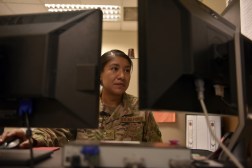DOD wants to use AI to bolster security of Indo-Pacom networks

As part of an effort to unify more than a dozen disparate networks under U.S. Indo-Pacific Command’s purview, the Department of Defense is planning to use artificial intelligence to predict and simulate adversary attacks, and enhance security of the resulting network, the Pentagon’s top IT official said Wednesday.
Indo-Pacom is in the process of consolidating 17 networks it operates to communicate with allies into a single, unified network under a program that Katie Arrington, who is performing the duties of DOD CIO, calls Mission Network-as-a-Service.
Arrington first unveiled the program in September, saying the initiative will extend to all combatant commands in support of the department’s vision for Combined Joint All-Domain Command and Control. CJADC2, as it is widely known, seeks to connect the U.S. military’s sensors and weapons under a single network, enabling rapid data transfer between warfighting systems and domains. The Pentagon also wants to be able to quickly share relevant information with international partners and allies during conflicts, adding another layer of difficulty to realizing the construct.
While the resulting unified networks will be developed with zero-trust security principles and notably would have reduced attack surfaces, Arrington said Wednesday on panel at the Google Public Sector Summit that artificial intelligence will also play a key role in hardening the defenses of those networks.
“We’re honing in the surface area, right?” she explained. “We want to make it tight and [we’re] using AI to do the predictive analysis so that we can thwart the adversary.”
Arrington explained that it’s important to unify security and reduce attack surface vulnerabilities because potential adversaries like China do “not intend to go after one attack path. It’s multiple at once, and it’s going to be nondescript. You’re not going to be aware it’s happening.”
“They’ve conditioned us to see these little, tiny blips, and we get used to it,” she said, referring to smaller outages of power supply, network connectivity or even financial institutions.
Because of that, it can also be difficult to read between the lines to detect when something is genuinely an outage or part of an orchestrated maneuver from an adversary. AI can help with that, too, Arrington said.
“So how am I going to unify security and unify all of that? To use AI to say: No, this is a real problem for all of us right now,” she added.
The end goal in unifying and hardening these networks, Arrington offered, is to wage a war measured in dollars and cents — and that’s the prevailing construct when using AI to enhance network defense.
“If I’m building a capability to defend, the offensive capability needs to be less money, more accurate,” she said. “And that’s the game that we’re actually in right now with AI: How we build a capability that can beat the whack out of them and make them spend more to protect themselves against it. That’s where you win the war, and that’s where we don’t have unified security, and that’s where we need to get to.”
Arrington continued: “That’s what the adversary’s after. And how do we train AI models to think like that? Whatever you do, make my adversary spend more, waste more time, spend more time trying to afford it so that I can make a leapfrog ahead of them in that environment.”






